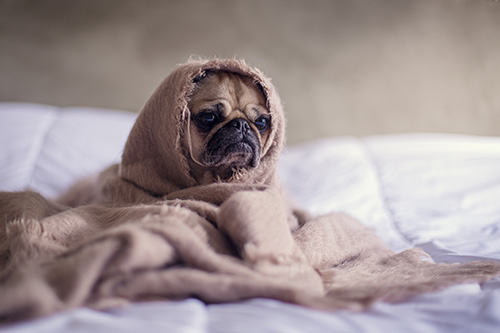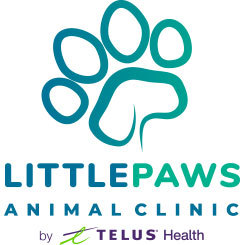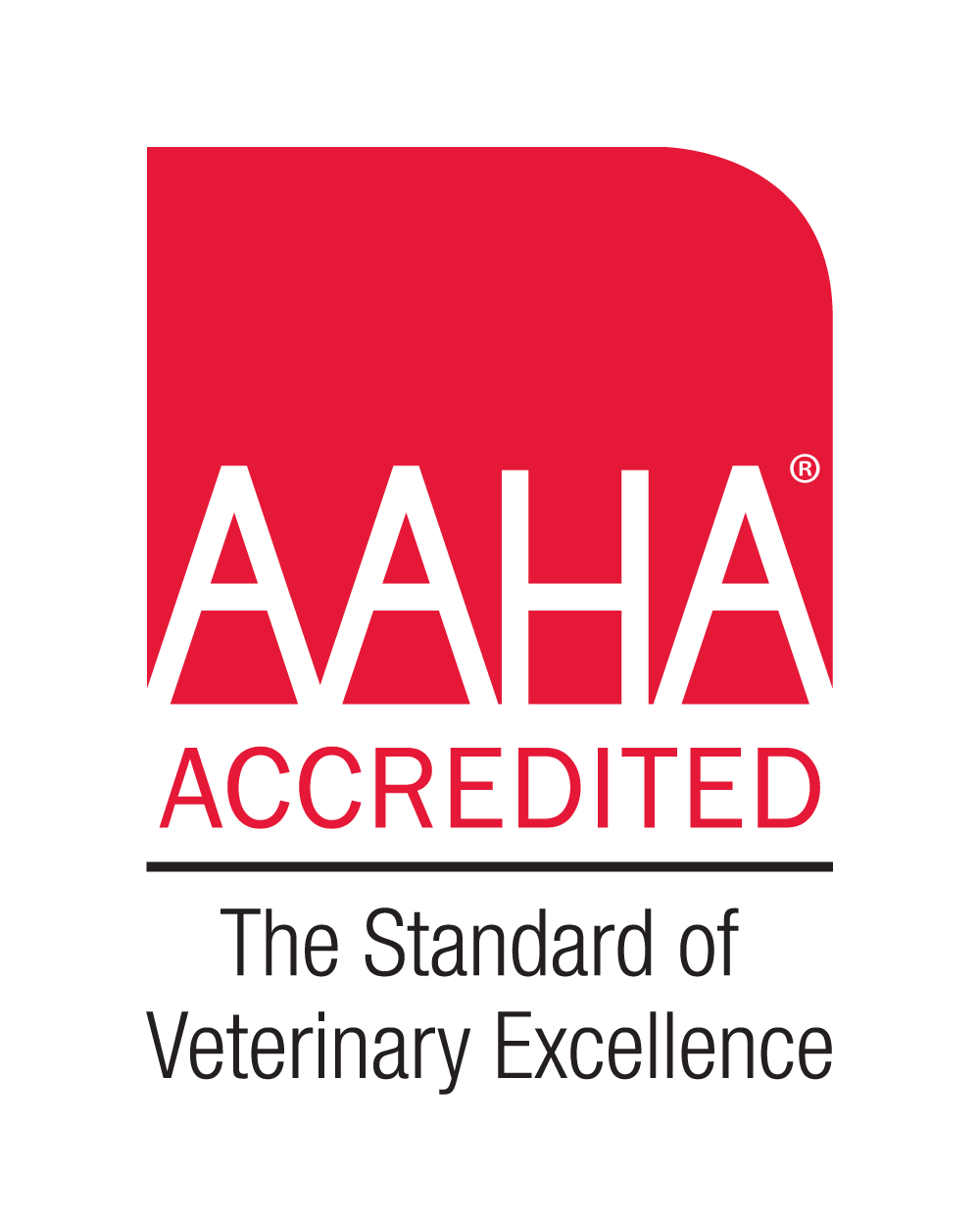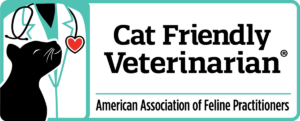What is GDV or Bloat?
GDV – otherwise known as gastric dilation – volvulus (or sometimes just “bloat”) is probably one of the most feared words in veterinary medicine. It carries a poor prognosis unless diagnosed and treated quickly. In GDV the stomach distends with a combination of food and fluid and becomes so large that it then twists on itself – essentially cutting off the entrance to and the exit out of the stomach.

GDV is more common in large breed dogs with a deep chests. It can sometimes occur shortly after eating, or if there was recent exercise shortly after eating. Ultimately there are probably other predisposing factors that we have yet to recognize.
The most important thing for owners to understand and recognize are the clinical signs of GDV. These include panting, distress, a distended abdomen and retching. When dogs retch they look like they are trying to vomit or belch but there are no abdominal contractions typically seen with vomiting and there is never any vomit or phlegm produced although they may drool excessively. Dogs with GDV also have an elevated heart rate. It is important that if you witness your dog retching to have them seen as soon as possible. If fixed early the survival rate is around 85%. However, as time goes on the stomach becomes more and more distended, the blood supply to the stomach is cut off and the stomach starts to die. Once that happens the likelihood of your dog surviving surgery and the immediate post operative period are vastly reduced.
Treatment involves intravenous fluids to help replace the fluid lost into the stomach, followed by surgery to de-rotate, and empty the stomach of all food, fluid, and air. The stomach is then sutured to the body wall to prevent it from twisting on itself in the future. Hospitalization usually lasts 2-5 days depending on how much damage was done to the stomach.
In breeds that are predisposed to GDV such as Great Danes, their stomach can be sutured to the body wall at the time they are neutered or spayed, thus preventing the stomach from rotating. These animals may still bloat – but will not require surgery to fix the problem.
Reference: https://www.janeanimalhospital.ca/ Jeff Odell




